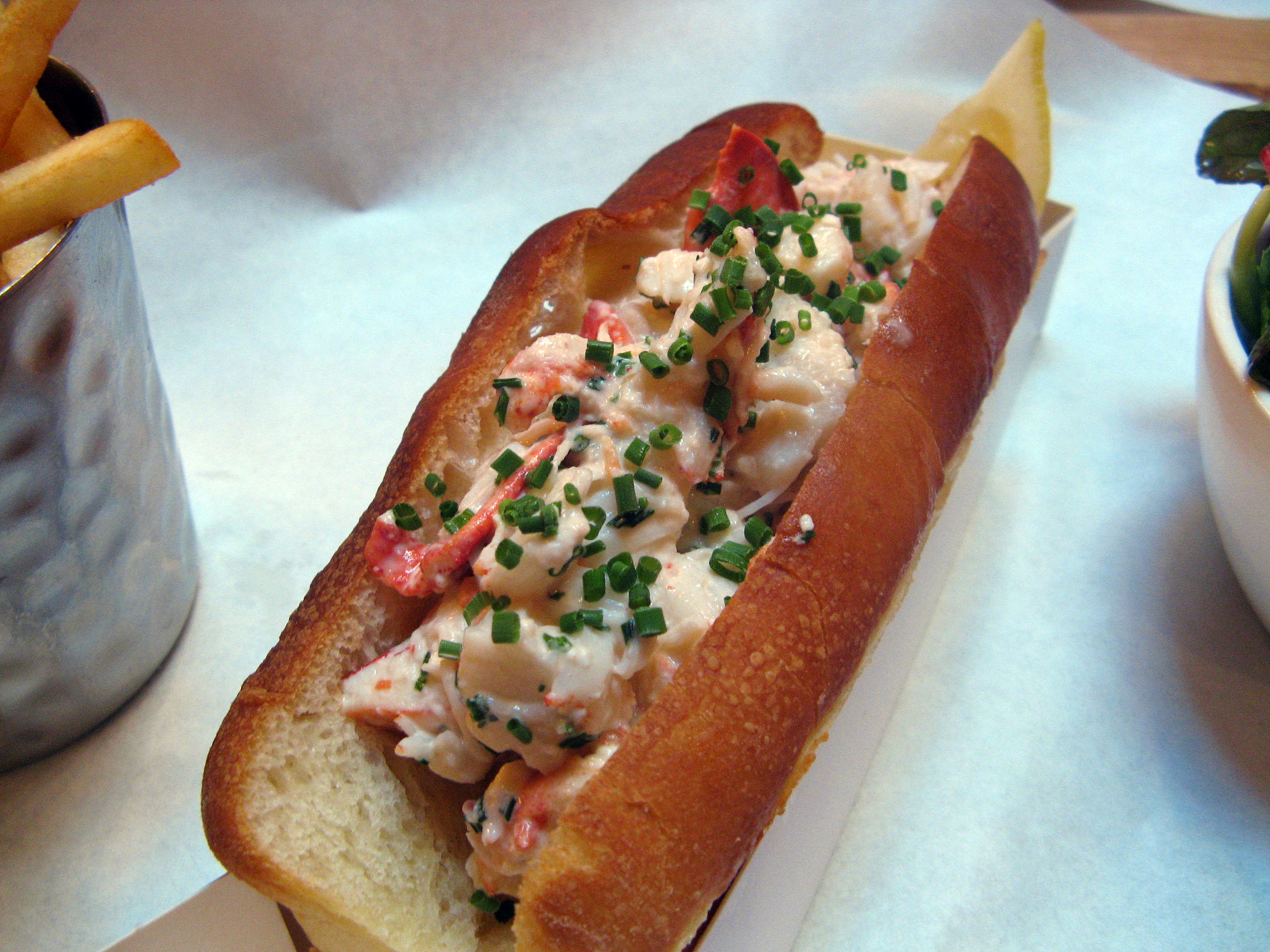I had feared I was going to miss the boat on this one, the horns had blown, clouds of smoke billowed forth from the cavernous chimneys and yet still there I was in the cheap dockside tavern. Bottles of ale littered the table as we all drank to try and forget my ropy Irish accent. The card game was still in progress but I was winning. Yes, Lady Luck was smiling on my pretty little face, it was going to happen. I, Leo DiCaprio would make it onto the ship, I would elicit swooning from teenage girls across the world, and yes I would get to see Kate Winslett in the buff.
You may, quite rightly, be wondering where I'm going with this, but bear with me. What I'm trying to convey is the sinking feeling I had when contemplating the last Thursday night of Sager and Wilde. I was certain that I wouldn't be able to put in an appearance at the wine and toasted cheese sandwich pop up that had caused such a ruckus amongst my more winey friends.
Thankfully, the stars aligned and come 4.30 yesterday I was on the East London line venturing forth towards Hoxton and beyond.
 To recap; the crux of what has all my friends in such a tizzy over Sager and Wilde is fine wine at stupidly low margins. I'll admit that the first murmurings of it I heard over twitter tended to talk of bottles of decent Meursault being sold at a tenner a glass and the like, this didn't grab me as much as it might once have done. Still murmerings soon turned to rancourous praise, with people berating me for my non attendance.
To recap; the crux of what has all my friends in such a tizzy over Sager and Wilde is fine wine at stupidly low margins. I'll admit that the first murmurings of it I heard over twitter tended to talk of bottles of decent Meursault being sold at a tenner a glass and the like, this didn't grab me as much as it might once have done. Still murmerings soon turned to rancourous praise, with people berating me for my non attendance.Cedric Bouchard, L'Inflorescence, from the outskirts of Troyes the capital of French bum sausage* production. This is a small single vineyard Champagne the fair quivers with delicate floral minerality while lingering on the palette like the memory of a particularly electric seductive glance. Oh and at £9 a glass. Apart from Bubbledogs, I can't think of anywhere in the UK where one can get a Champagne of such stunning quality at even close to that price.
An 03 Musar Blanc had a glorious fatty yeastiness that revelled in umami like a particularly wonderful miso soup. Willi Schaefer (willy chafer to his friends) Graacher Himmelreich, Spatlase Riesling 06 was similarly wonderful if more akin to licking lime juice of an electrified slate than supping one's starter pre eating Japanese.
None of the above had yet broken a tenner, given that half the UK wine trade was present there was much table swapping and gossip broking. Bottles of Gauby, Le Soula 08 at £45, Paulo Scavino, Carobric 01 £60 (memorably described as being a product of the shoulder pad years) followed.
But, to the chase, the wine that really caught me unawares was the 02 Peyre Rose 'Clos des Cistes'. Tantalisingly complex, with lavender and garrigue, a whiff of greeness sublimated into a pleasing freshness on the finish, tannins delicately rasping with a saltiness akin to liking the back of your lovers neck. Sorry if this is all terribly pseuds corner, but it's been a very long time since I've drank a wine that excited me so much, it was as if a switch had been flicked reminding me of exactly what it is that I love so much in wine. God it was good. For this alone (£60 and virtually unfindable anywhere save Robertson*)
Lots more wine followed, but by this point I was firmly in conversation mode and disgracing myself with some terrible calls on wines being served me blind. Really, thinking 96 La Chapelle Hermitage was a Medoc. Time to return to the class room, one thinks.
It was Juel (@winewomansong) who put it best. If we want to ever get access to decent fine wines of the like at Sagar and Wlide we need more places of their ilk to grab access back from the huge mark ups of the baby boomer generation. For this alone I'm very grateful to them.
Still I'm going to wrap up with a mention of their grilled cheese sandwiches. As fine a grilled cheese as you will find in London, similar to Kappa Casein in it's earthy depth of flavour and the riot of aliums that leaven the fattiness of the cheese. Charlotte (Wilde) kindly let me know their exacting recipe.
3 day old Hackney wild sourdough from E5 Bake House.
Montgomery Chedder.
White onion.
Red onion.
Spring onion.
Shallot.
Garlic.
Garlic leek.
Toasted.
I will be back in the new year when they find themselves a new home.
 |
| Included as an homage to Chris Pople and his photography. |




